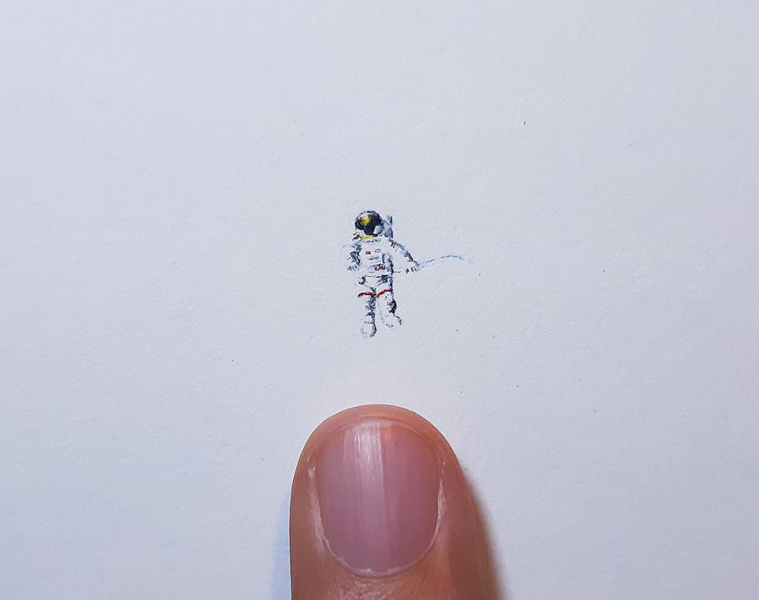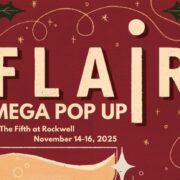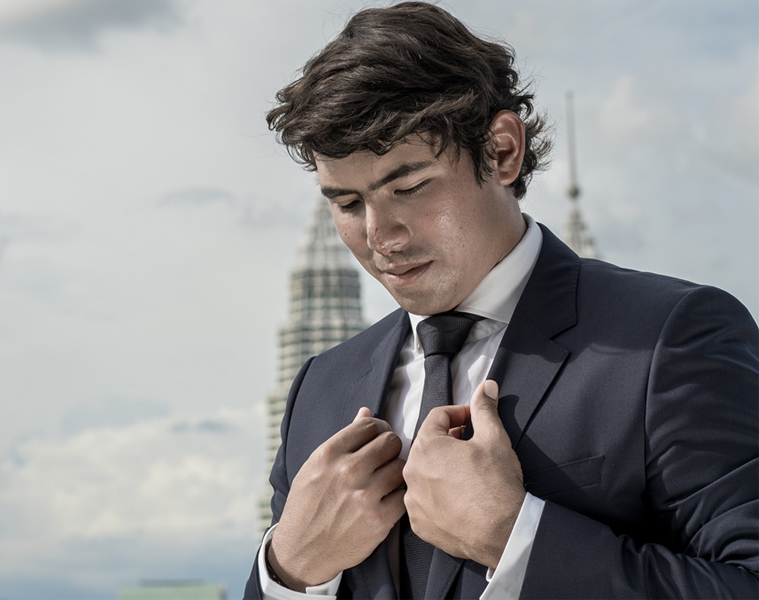Hawakan inspires people to reach for tangible change amid the coronavirus pandemic

There is an art exhibition happening at the Alegria Alta Building, the same address of gourmet go-tos Premium Wine Exchange, M Dining + Bar, and Txanton. Last weekend was the first time since the implementation of quarantine I went out of the house for something non-food related. It’s been even longer since I’ve gone out of my way for art that isn’t culinary in nature. Visual art fights a different hunger; it fills a void in society and should be considered essential.
From palate to palette, there is no better time to plunge into the art scene than this moment in human history. The new normal brings new and provocative ways of thinking, and interesting times produce interesting material. The presentation and our participation may look different in the Covid-19 era, but thanks to the innate creativity of the cultural community, the members are up to the challenge of pivoting and with purpose.
Take Hawakan for example. I was invited to join a viewing by one of the artists, Tara Soriano. She happens to be related to Hawakan’s co-founder Jaime Jalandoni, a third-year Visual Arts major at the University of British Columbia. He grew up in Manila, so transitioning to a life in Vancouver instilled a desire for him to stay connected to the Philippines.
The 21-year-old says that the initiative started as a passion project with a couple of artists and friends who were out of summer internships/opportunities due to the pandemic. “We were inspired by the recent success of a fundraising project we did for the victims of the Taal Volcano eruption,” Jalandoni narrates. “As a follow-up, we thought it would be necessary to form a collective of young artists to raise funds for the underserved communities devastated by the circumstances of Covid-19. Hence the name Hawakan, to help our struggling kababayans persevere through the sharing of creativity.”
One can engage in Hawakan through the following: a virtual experience, its print shop, silent auction, and viewing in a space that has taken into account social distancing and other safety measures.
Artists act as communicators and healers; and in this case, they also play the important role of donors because a minimum of 50 percent of all proceeds will benefit foundations focused on aiding kababayans. The selection of artists not only amplifies the volume of the collective’s message but are extra limbs for the helping hand so needed by displaced members of society. More than beautiful expressions of hope and perseverance, what’s really on display is solidarity. We may not be allowed to touch each other but we can still feel, and this is what the exhibit has done to me, moved me.
All works were of quality, but in the end, my favorites are the ones with fascinating accompanying backstories. Soriano’s “Amelia and Nico,” a mixed medium on resin is one of them. “I found old notes in Greenhills. They were white elephant money or Mickey Mouse money,” she says of the material. That was the currency used during the Japanese occupation. Soriano originally used the piece to join the first Manila Art. Her entry looks like an innocent cartoon, but closer inspection reveals remnants of a terrible moment in our country’s history. Six years later, Soriano chose to show it again. “I feel it speaks a lot [about today] and works in tandem with the idea of Hawakan and its theme of the perseverance of the Filipino people.”
https://www.instagram.com/p/CCP9LyNgc_6/
I was happy to learn that my cousin Mica Araneta is also a participant. Her illustrations are “Age of Innocence” and “Reset.” The former is a reflection of life’s cycles and how in traditional cultures, the weakest physically were seen as the strongest spiritually. It is through complete loving, trusting surrender that they can communicate with God.
“As young adults, we chase what will advance our careers, often forgetting others and ourselves. The very young and the very old do not have the physical capacity to drive themselves forward…Something as awful as the pandemic gave us the chance to stay home and sit with ourselves. Hopefully, as we re-emerge slowly, we can hold on to our souls as we continue to chase our dreams,” she tells me.
https://www.instagram.com/p/CCVAiXUAOtJ/
Her second work is a reflection of how water can wash away more than physical dirt. Mica, an actual doctor of medicine, sights into handwashing as a happy activity, representing both a closed task and a new beginning. “Sometimes the word ‘perseverance’ feels like a never-ending drudgery. But we realize that each time we wash our hands, we can start fresh, without looking to the past or worrying about the future. What is important is the task at hand. This is perseverance,” she says.
I’ve been a fan of Carmen del Prado’s photography from the beginning, particularly because her work celebrates our connection with Mother Earth. The photos on the wall are titled “After a Storm,” “Out of the Shadows,” and “Into the Light.” All shots were taken on Negros Island, her hometown, also capturing how far she feels from home.
“As we are slowly coming out of our 100 days in lockdown, we go through the process of readjusting to the outside world. ‘After a Storm’ is a take from what we are going through these days. It refers to the storm as the virus and us coming out of lockdown. After a storm comes the sun. As the sun rises, it gives us hope. It also reflects the change in our day/situation being able to now enjoy the outdoors,” she shares.
https://www.instagram.com/p/CCVA_TGgg0M/
Carmen encouraged her brother Mig to showcase some of his pieces, a set of three with the subject of outer space. He says, “The story is based on the whole theme of the exhibit. For me, hope for the human race is exploring the unknown. Hope is having the courage to dream big, no matter the odds; and perseverance is doing all the little things necessary to reach the stars.”
Back on earth, at the exhibit, pizza from M Dining + Bar arrived. It had anchovies, lending umami to the milky flavor of mozzarella. There was a tug of war between the grassy and buttery notes of the Arbequina. Spinach added texture and made the pie more interesting to look at. Chilled wine was poured into glasses, and the few guests present toasted to the event. Stripped to the essentials, life was still beautiful or possibly, even more so. It’s a memory I will hold on to.
The exhibition is until July 19. For more information, visit https://www.hawakan.art/
Writer: Monica Araneta Tiosejo









